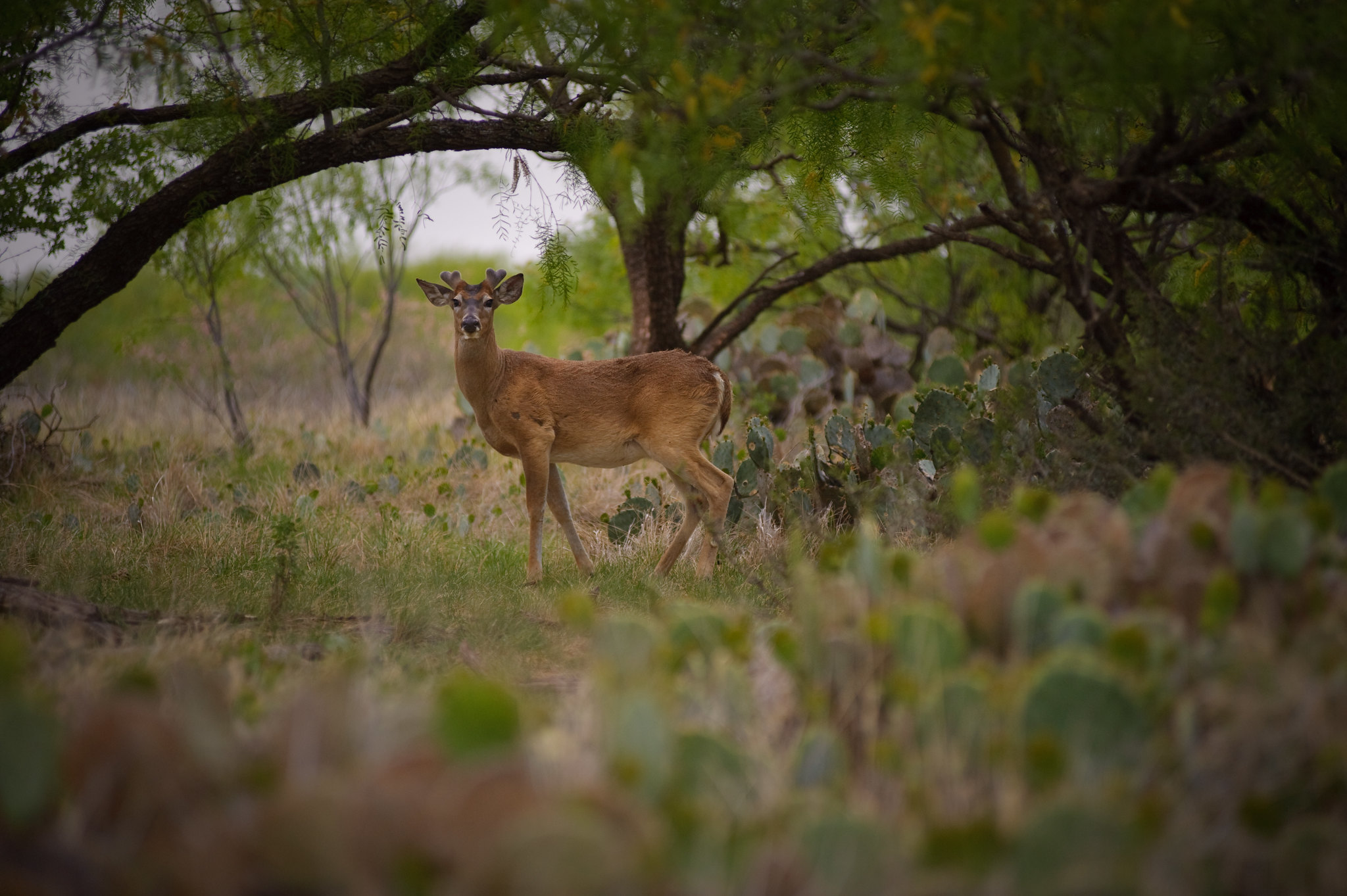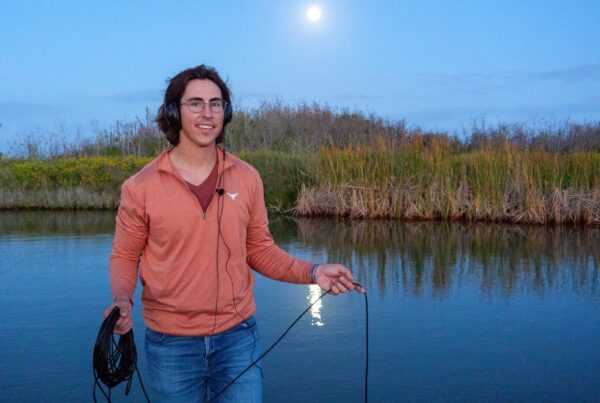In Texas, chronic wasting disease continues to spread among the white-tailed deer population.
The affliction is similar to mad cow disease – it affects the animal’s brain, causing it to lose motor function and eventually die.
There’s no cure or vaccine for the disease. When it’s detected in a closed environment like a private breeding facility – which is big business in Texas – the Texas Parks and Wildlife Department requires that all the deer that may have been exposed are euthanized.
Late last week, the department announced that this had happened at the Kerr Wildlife Management Area near Hunt, resulting in the death of scores of deer.
Michael Marks, a reporter/producer for the Texas Standard, said the property is used for public recreation like hunting and hiking, as well as parks department research.
“They’ve had a herd of white tails out there for decades. In January, they were conducting some research looking into whether they could help protect white-tailed deer from chronic wasting disease using copper and zinc,” he said. “So they started testing these animals, euthanized 50 of them as part of the research, and continued to monitor the remaining 80. In October, they got another positive test.”
The department tested all the animals for chronic wasting disease and sent those tests to the Texas Medical Veterinary Diagnostic Lab; one came back positive. From there, things moved quickly, according to John Silovsky, Wildlife Division director for Texas Parks and Wildlife.
“They notified us, I believe it was on a Wednesday, of that presumptive positive. And we depopulated that pen the following Monday,” he said.
» GET MORE NEWS FROM AROUND THE STATE: Sign up for Texas Standard’s weekly newsletters
There won’t be any deer at the Kerr facility for at least five years, Marks said, because the proteins that cause CWD can live in the ground for a long amount of time. But it’s not known how the 14-month-old male deer contracted the illness; none of the other deer tested – about 70 – had chronic wasting disease.
“This facility is sort of like a Russian nesting doll of fences. And the research deer are kept sort of at the center of it in their own pen away from everybody else,” he said. “Silovsky hypothesized, you know, maybe it came in with some food or hay, but really no way to know for sure.”
Not everyone agrees with the parks department’s policy on requiring animals to be euthanized after a positive test, Marks said.
“Deer breeders in particular feel that it’s heavy handed and there should be more of a room for middle ground, given that there are some white-tailed deer that are CWD resistant or can contract it but show no symptoms,” he said.
Most wildlife officials across the country, though – including Silovsky – agree that an aggressive approach is the way to go.
“The decision to depopulate, you know, is the best decision to make when CWD exists in a captive facility like that,” Silovsky said. “The difficulty of the decision is that we’ve been doing deer research on that facility for nearly 50 years.”
However, that policy of depopulating deer is currently seeing a court challenge, Marks said: In Kaufman County, Robert Williams of RW Trophy Ranch is in a legal battle with the parks department, which has tried to euthanize his animals several times because of positive tests.
“So far he’s been able to win restraining orders against that. There’s some haggling over the legality of those orders right now, but there’s a court date set for late February,” Marks said. “And a lot of folks are going to be watching that to see what happens as far as how TPWD handles this disease going forward.”















